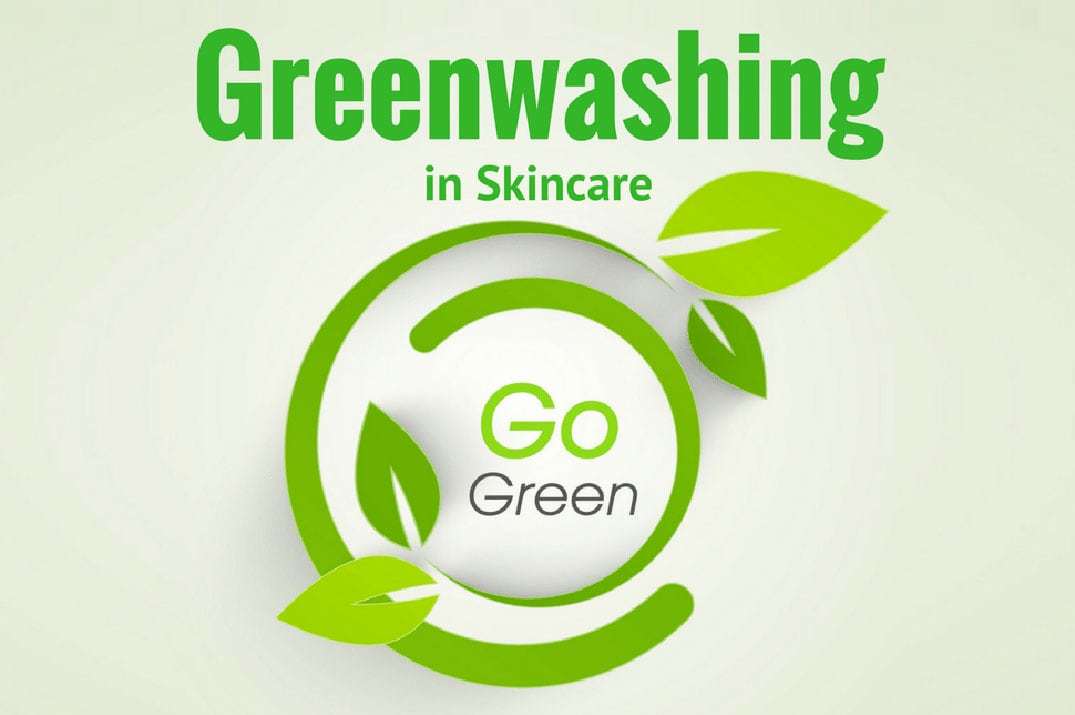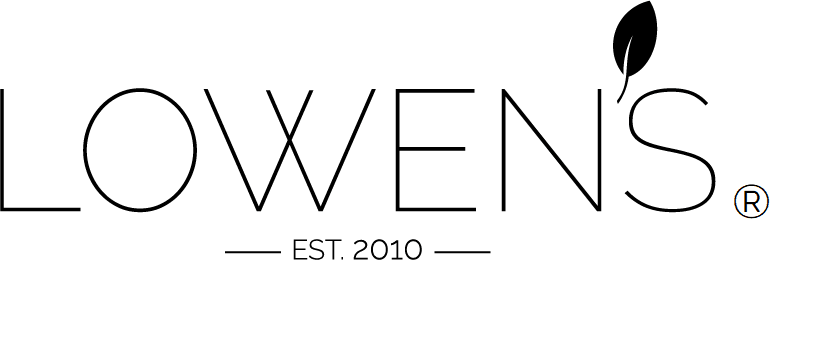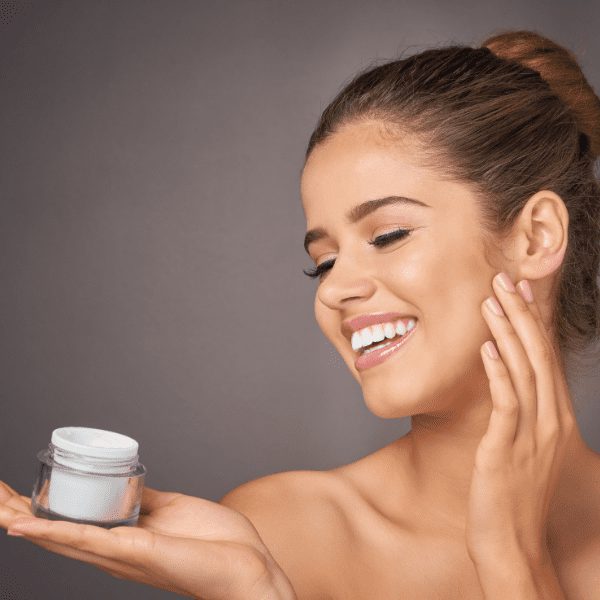Following a good skincare regimen helps maintain healthy, glowing skin. You may be dealing with…

Greenwashing in Skincare
Greenwashing in Skincare – investigating transparency and Integrity
Being labelled as an ethical brand is the latest trend in the marketplace and especially so in the skincare arena. However, a lack of legal definition and regulations on using words like “natural” has made this area more grey than green.
This cultural shift can be lumped in with greenwashing, where an organization purposefully spreads misinformation about its products, claiming they’re environmentally-friendly, natural, organic, or even cruelty-free when they are not.
For products that espouse being organic or cruelty-free, the quickest way to find the truth is to look for certifications on the packaging. For cruelty-free products, you’ll find a rabbit on the label – indicating that the product is certified by PETA but some companies just slap on the icon and are not actually vetted. To double check, PETA has a searchable database of companies here. As for organics, the United States Department of Agriculture has a certification program for cosmetics. Not all programs are created equally so we recommend doing your homework and check out the rigor of the certification.
 Unfortunately, Canada Organic – the standard for organic food north of the border – does not yet have its own cosmetics program. According to the Government of Canada, a product cannot call itself organic unless at least 95 per cent of its ingredients are organic itself. Other ethical certifications include Non-GMO, 1% For the Planet, and B-Corp.
Unfortunately, Canada Organic – the standard for organic food north of the border – does not yet have its own cosmetics program. According to the Government of Canada, a product cannot call itself organic unless at least 95 per cent of its ingredients are organic itself. Other ethical certifications include Non-GMO, 1% For the Planet, and B-Corp.
Canada’s Chemical Management Plan, operated by Health Canada and Environment Canada, studies the environmental and human health risks of chemical substances and implements measures to mitigate or manage those risks. Chemicals in cosmetics are specifically regulated by Health Canada, which provides a public list of prohibited and restricted chemicals. This list is constantly under scientific review, and even includes permitted maximum concentration of the chemicals.
In the U.S., the Toxic Substances Control Act (TSCA) was a law administered by the Environmental Protection Agency (EPA), meant to regulate the introduction of new and existing chemicals to the country.
This law, introduced in the ‘70s and mostly unchanged until last year, wasn’t working and allowed thousands of chemicals to slip through the cracks without proper tests. Only a small number of the 85,000 industrial chemicals available for use were mandated for safety testing.
Regulations required the EPA to review academic or industry data on these chemicals for potential risk and take steps to block the chemical’s usage if needed. However, if the EPA didn’t take steps to block the chemical in 90 days, it was given an automatic green light.
In June 2016, President Barack Obama signed a new law, The Frank R. Lautenberg Chemical Safety for the 21st Century Act, which included a mandatory requirement for EPA to evaluate existing chemicals with clear and enforceable deadlines, risk-based safety standards, and increased public transparency for chemical information. Time will tell what happens with this legislation with the change in government. It is likely that we will have to look outside of government to research the products we buy.
At Lowen’s, transparency is a key component to supporting truly green skincare products. While there aren’t government-issued guidelines for natural and organic cosmetics in Canada yet, there are organizations like Environmental Working Group (EWG) and the Think Dirty Shop Clean mobile app, that work diligently to verify the safety, environmental impact and integrity of the products we use every day. Doing our part to ‘walk the walk’ Lowen’s itself received the EWG verification in 2016 (read more here)
Green products are more than a fad, and we hope to continue seeing improvements in the availability of such products, and the transparency to make greenwashing a thing of the past.



Comments (0)